Welcome to This Date in Aviation History, getting of you caught up on milestones, important historical events and people in aviation from December 18 through December 20.
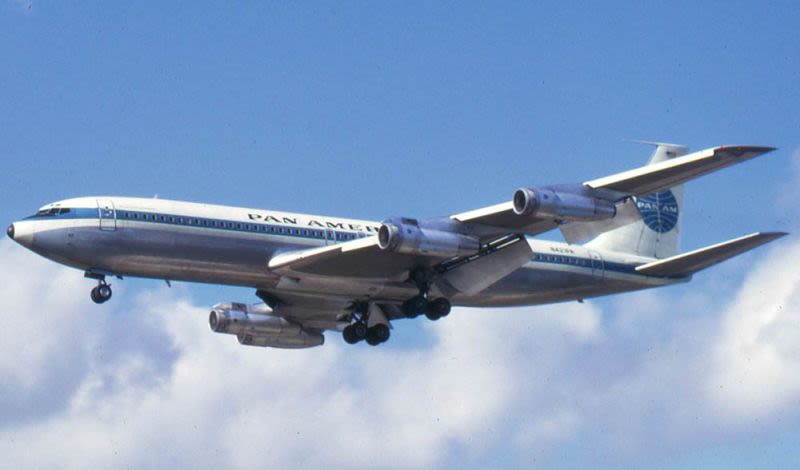
December 20, 1957 – The first flight of the Boeing 707. The de Havilland Aircraft Company ushered in the future of commercial aviation when their DH 106 Comet airliner took to the skies on July 27, 1949 as the world’s first jet-powered passenger plane. Unfortunately for de Havilland, however, structural deficiencies in the Comet led to three fatal crashes, and the flying public cooled to the idea of jet transport when the Comet was pulled from service to address the problems. Despite the difficulties faced by de Havilland, Boeing, and particularly the company president William Allen, were undeterred. They believed so firmly in the future of jet aviation that they were willing to stake their company on developing a new jet airliner, and spent $16 million of their own money, nearly all the profit they earned from production of WWII aircraft, in the development of a jet airliner.
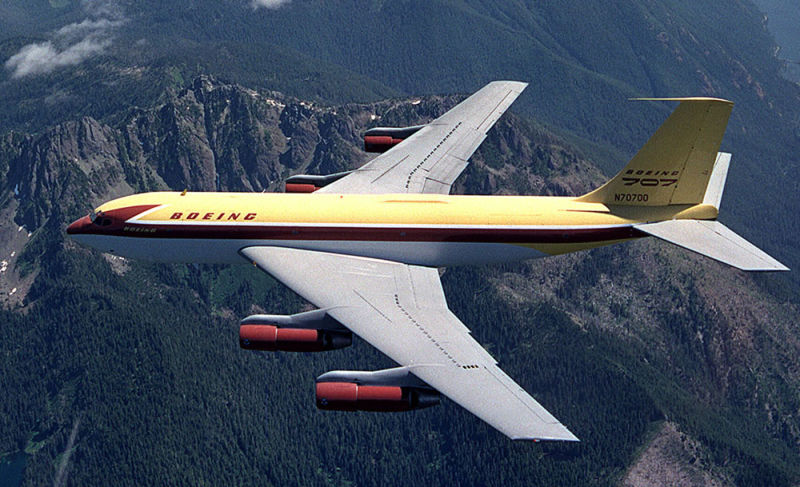
Boeing had learned a great deal about the aerodynamic benefits of the swept wing with their earlier work on the B-47 Stratojet. Armed with that experience, the company began working on a swept-wing jet that they called the Model 367-80 (known as the Dash 80). The Dash 80 shared the same 35-degree wing sweep of the Stratojet and the B-52 Superfortess, and was powered by four Pratt & Whitney JT3C turbojet engines, a civilian version of the engine that powered the B-52. The original impetus for development of the Dash 80, which took its maiden flight on July 15, 1954, was to provide the US Air Force with a jet-powered aerial tanker. That project culminated in the KC-135 Stratotanker. But Boeing also hoped to develop the Dash 80 into a civilian airliner, though at the time there was no guarantee of a market such an aircraft. Boeing’s last commercial venture, the Boeing 377 Stratocruiser, had lost money until the US Air Force adopted it as the C-97 Stratofreighter. And cautious airline executives were in no hurry to turn their backs on the tried and true piston engines that had carried America though the war. So Boeing took the Dash 80 on a sales tour to tout its capabilities, and in one famous demonstration test pilot Tex Johnston performed a barrel roll with the large airliner to show off its capabilities. Airline executives were duly impressed, and work progressed on the 707.
While the 707 airliner and KC-135 looked very similar to their Dash 80 predecessor, they were actually distinctly different aircraft. Airline executives wanted the 707 to be wider to accommodate more passengers, so Boeing added four inches to the diameter of the fuselage, giving it the largest cabin of any airliner flying at the time. The 707 also had more than 100 windows, which allowed the airlines to arrange the seating in any way they wished and offered flexibility in passenger load. The original 707-120 seated a maximum of 189 passengers, but a typical arrangement allowed for 110 passengers. Following flight tests, the first 707 entered passenger service with launch customer Pan American as the Clipper Constitution.
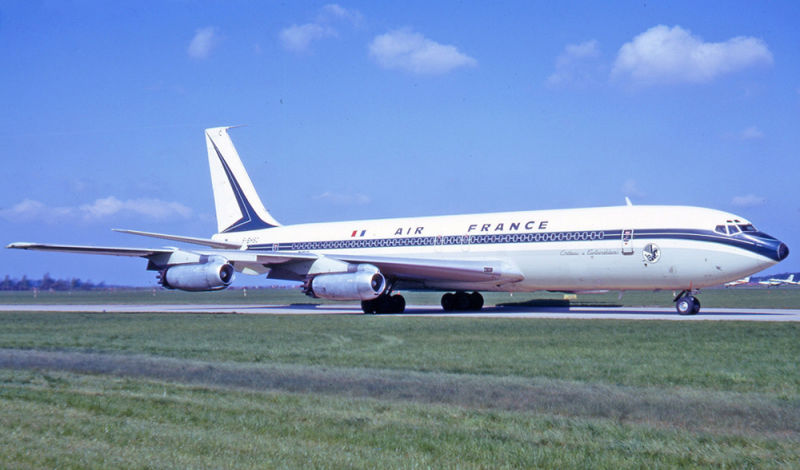
Pan Am placed an order for 25 airliners in 1955, and inaugurated their 707 service at National Airport on October 17, 1958 in a ceremony attended by President Dwight Eisenhower. Pan Am made their first flight with paying customers on October 26 from New York’s Idlewild Airport (modern day John F. Kennedy International) to Paris, with a stop for fuel in Gander, Newfoundland. Following its introduction, the 707 became the most popular airliner of the 1950s and 1960s, and is an icon of the early Jet Age. Its success also helped bring about major advancements in airport design and airport infrastructure. Between 1957 and 1994, Boeing delivered 856 707s in a handful of variants to fit the specific needs of their customers. Today, the US Air Force still flies their KC-135 tankers, many with updated engines, but there are no 707s remaining on commercial routes. The final operational 707 belonged to Iran’s Saha Airlines, which closed the book on the 707 with a final flight in April 2013.
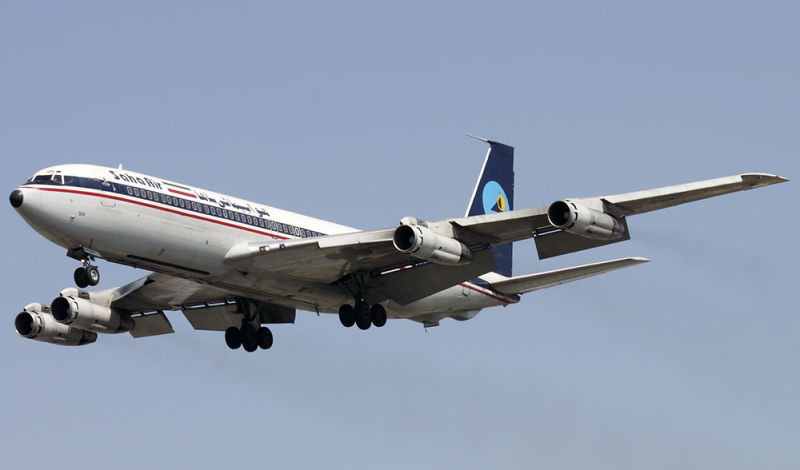
Short Takeoff
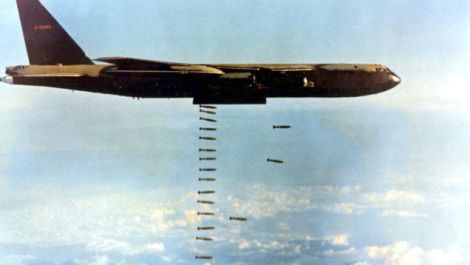
December 18, 1972 – The beginning of the Linebacker II bombing campaign in Vietnam. As the war in Vietnam ground to its bloody conclusion in 1974, elements of the US Seventh Air Force and US Navy Task Force 77 carried out a bombing campaign of “maximum effort” to bomb targets in the North Vietnamese capital city of Hanoi, as well as the strategic Haiphong harbor. The goal of of the bombings was to force the North Vietnamese government to return to peace negotiations. Over the course of 11 days, the bombings, also known as the Christmas Bombings, were carried out by over 2,000 US aircraft, including more than 200 Boeing B-52 Stratofortress bombers, in the heaviest aerial bombardment since WWII. B-52s flew 741 sorties and dropped 15,237 tons of ordnance on industrial, military, and antiaircraft missile sites, with an additional 5,000 tons of bombs dropped by Navy and Air Force fighter bombers. Sixteen B-52s were lost, while North Vietnam claimed 1,624 civilian casualties. Though the bombing was popular with supporters of the war, the effectiveness of the missions was questionable, and President Nixon said the bombings amounted to “zilch.”
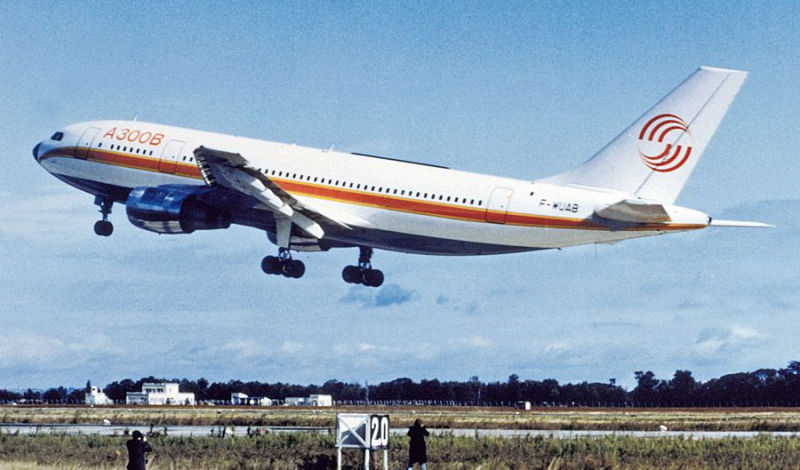
December 18, 1970 – Airbus Industries is formally established. In an effort to compete with American aircraft manufactures Boeing, McDonnell Douglas and Lockheed, Aerospatiale of France, German Deutsche Airbus, British Hawker Siddeley, and Dutch Fokker agreed to form a consortium which they called Airbus. The initial aircraft developed by the group was the A300, the world’s first twin-engine wide-body, which took its maiden flight in October 1972. Since then, Airbus has gone on to produce the world’s first digital fly-by-wire airliner in the A320, as well as the world’s largest airliner in the double-decker A380. The company delivered its 10,000th aircraft, the composite A350 XWB, in October 2016. Airbus has assembly facilities in France, Germany, Spain, China, England and the United States, and has diversified into military aircraft, corporate jets, air traffic management, and aircraft components.
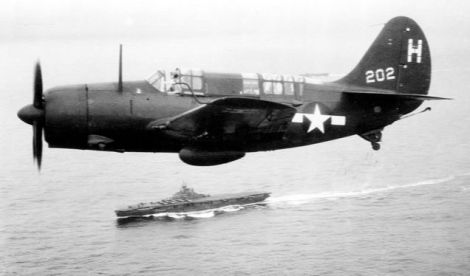
December 18, 1940 – The first flight of the Curtiss SB2C Helldiver, a dive and torpedo bomber developed for the US Navy as a replacement for the Douglas SBD Dauntless. It was also flown as a dive bomber by the US Army where it was known as the A-25 Shrike. The Helldiver was considerably larger than the Dauntless, and featured heavier armament and an internal bomb bay. Early in its development, the Helldiver was plagued by structural deficiencies and poor handling, leading to loss of export customers and an investigation by the Truman Committee. Crews referred to it derisively as “Son of a bitch second class” (SB2C). Once its problems were mostly solved, the Helldiver became the primary American dive bomber for the last two years of the war in the Pacific, though the difficulties with the Helldiver’s development caused Curtiss to lose favor with the US military. Over 7,000 Helldivers were produced between 1943 and 1945, and the final Helldivers were retired by the Italian Air Force in 1959.
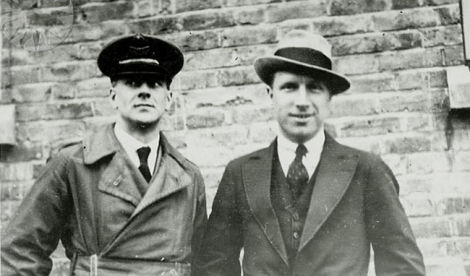
December 18, 1919 – The death of John Alcock. Born on November 5, 1892, Alcock received his pilot license in 1912 and began his career as a race pilot for the Sunbeam Motor Car Company. Alcock joined the Royal Naval Air Service at the outbreak of WWI, and received the Distinguished Service Cross for downing two enemy aircraft while piloting a Sopwith Camel, though he ended the war as prisoner after ditching his Handley Page bomber in the sea. Following his release at the end of the war, Alcock became a test pilot for Vickers, and gained fame when he and fellow pilot Arthur Brown became the first to cross the Atlantic Ocean, flying a modified Vickers Vimy bomber from St. John’s, Newfoundland to Clifden, Ireland, a voyage of 1,980 miles that took more than 16 hours. Alcock was killed in 1919 in the crash of his Vickers Viking on his way to an aviation expo in France.
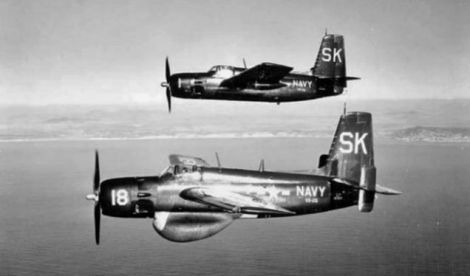
December 19, 1945 – The first flight of the Grumman AF Guardian, the first purpose-built airborne anti-submarine warfare (ASW) system. Due to the large size of early radar systems, no single carrier-borne aircraft of the day could carry both the radar to detect a submarine and the weapons to attack it. The Guardian consisted of two aircraft, one hunter (AF-2W) with the radar equipment, and one killer (AF-2S) with weapons. Though cumbersome, this stopgap measure nevertheless proved effective. However, the Guardian only served five years before being replaced by the Grumman S-2 Tracker, the first dedicated all-in-one carrier-borne ASW platform.
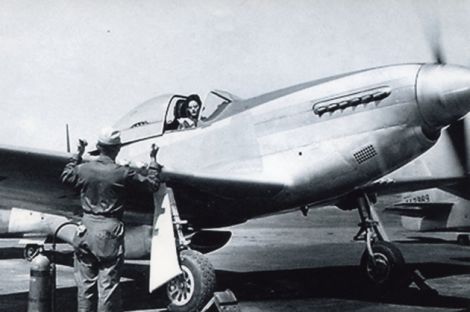
December 20, 1944 – The Women Airforce Service Pilots (WASP) is disbanded. The WASPs were an organization of women pilots who trained to ferry aircraft during WWII. Started by famed aviatrix Jackie Cochran, the WASPs had over a thousand members in its heyday, with each female pilot freeing up a male pilot for combat duty. After training at Avenger Field in Sweetwater, Texas, the WASPs were stationed around the country. By the end of the war, WASPs had flown 60 million miles ferrying aircraft from factories to ports of embarkation. They also towed targets for live fire gunnery practice and flew cargo missions inside the US. Thirty-eight WASPs died, all in accidents, though none were afforded military honors at their burial. It wasn’t until 2016 that legislation was passed by Congress that finally authorized their burial at Arlington National Cemetery.
Connecting Flights
If you enjoy these Aviation History posts, please let me know in the comments. And if you missed any of the past articles, you can find them all at Planelopnik History. You can also find more stories about aviation, aviators and airplane oddities at Wingspan.